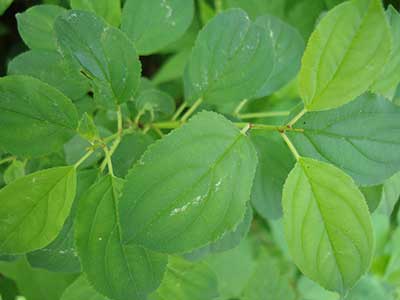
Invasive plants: a deceptive welcome mat for birds

Right now thousands of birds are arriving back in Wisconsin with one thing on their mind: successfully raising young.
Not only does the “early bird get the worm,” they also get the best breeding habitat. Unfortunately in some cases invasive plants alter the habitat, costing birds’ valuable energy and nesting success.
One example, Rose-breasted Grosbeaks, are just arriving from Central and South America. After a 2,000 mile journey, they are looking for a shrub in your woods to raise a family. Although in this case, an invasive shrub (e.g., buckthorn, honeysuckle) will do, other parts of the equation are missing.
Invasive shrubs spread rapidly because, in part, native insects aren’t munching on them and block sunlight to wildflowers insects pollinate and use. The problem? During the breeding season, Grosbeaks primarily eat insects, which in this case, aren’t there. The result? They use more energy searching for food; have greater exposure to predation and less chance of success.
What can you do? Many invasive plants green up early; walk your property (on and off trails) and look for the plants that stand out. Invasives are usually brought into new areas by people or wildlife so make sure to check thoroughly along walking paths and animal trails. Oh, and don’t forget to appreciate the birds, after all, they just traveled thousands of miles to raise a family in your woods!
Learn more about invasives species here.
